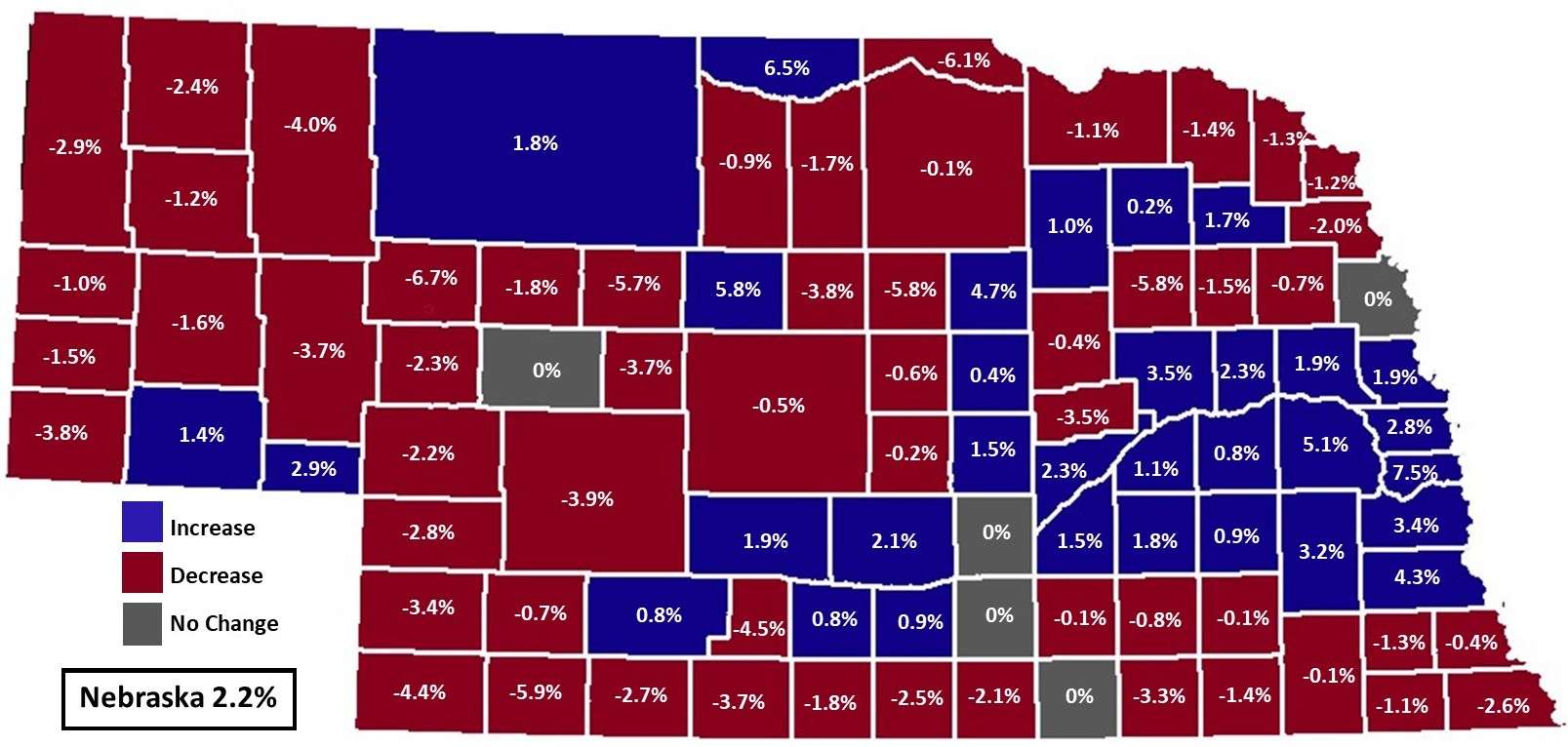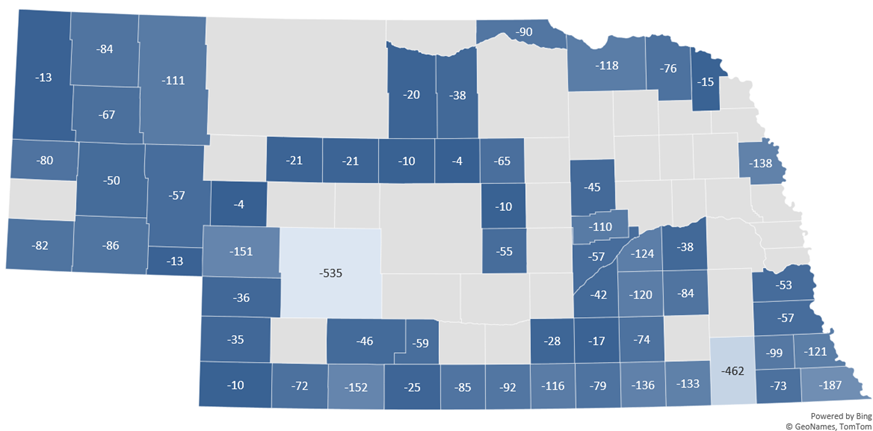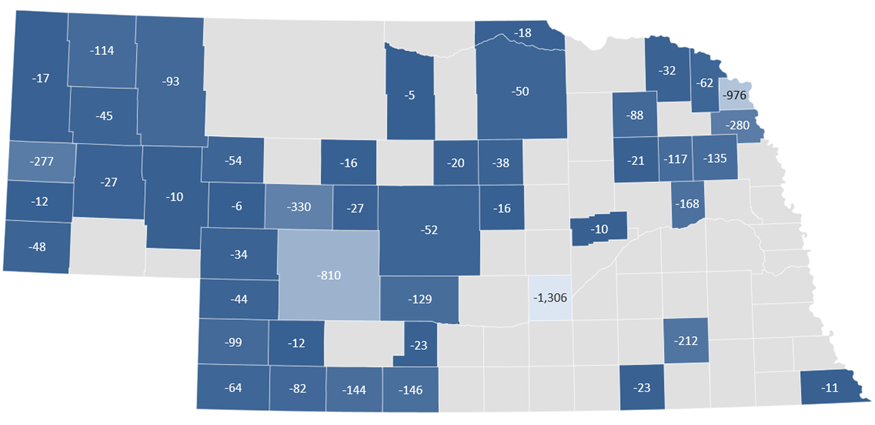Looming Demographic Cliff


“Nebraska faces a looming demographic cliff . . . and soon we will feel it more acutely in our workforce,” testified Tyler White a political science professor with the University of Nebraska at a recent hearing at the Nebraska Unicameral. A recent CoBank report said lower birth rates and a collapse in net migration are combining to squeeze the U.S. labor supply. Rob Fox, director of CoBank’s Knowledge Exchange, says, “The problem will be even more acute in states with lower population growth in the Upper Midwest, Cornbelt, and Central Plains.” The Omaha World Herald reports that between 2020-2024 Omaha and Lincoln posted annual job growth of roughly .005%, one-fifth that of a comparison group of cities including Des Moines and Sioux Falls. And the U.S. Bureau of Labor statistics shows 1.4 job openings in the state for every unemployed person. Nebraska businesses want to hire but are unable to fill their openings. And the problem is especially acute in rural Nebraska. Nebraska is caught in a labor squeeze.
Low population growth and the immigration crackdown will only tighten the squeeze.
The Census Bureau estimates that between 2020-2024 Nebraska’s population grew by about 43,500, crossing the 2 million threshold for the first time in 2024. This equates to a growth rate of 2.2%. Both natural population growth (births - deaths) and net migration contributed to the growth. Natural growth was around 23,700 and net migration roughly 19,600. International migration amounted to more than 33,000. Population changes in counties since 2020 are shown in Figures 1-3. Figure 1 shows percentage changes in total population; Figure 2 shows counties with net natural losses (deaths > births); and Figure 3 shows counties with net immigration losses (persons moving out > those moving in).
FIGURE 1. PERCENTAGE POPULATION CHAGNES BY COUNTY, 2020-2024

Source: Rolling Prairie Economics and Nebraska Farm Bureau based on data from U.S. Census Bureau
FIGURE 2. COUNTIES WITH NET NATURAL POPULATION LOSS (DEATHS>BIRTHS, 2020-2024

Source: Rolling Prairie Economics based on data from U.S. Census Bureau
FIGURE 3. COUNTIES WITH NEGATIVE NET MIGRATION. 2020-2024

Source: Rolling Prairie Economics based on data from U.S. Census Bureau
Many counties did not share in the state’s population growth. Fifty-six, or 60% of counties, experienced population losses between 2020-2024 with the average loss being 2.4%. Grant and Boyd Counties both suffered losses of greater than 6.0%. Fifty-nine counties experienced a net natural loss led by Lincoln County with 535 more deaths than births, and Gage County with a net loss of 462. Another 13 counties experienced losses of between 100-200 persons. Forty-six counties saw a net loss in migration, meaning more people moved out than in. Hall County saw the greatest loss of -1,306 and Dakota County followed with -976. Eleven counties overcame a natural loss with a net gain in migration to see a growth in population. The population loss in a majority of Nebraska counties reduces the available labor supply and weighs on economic growth.
Nebraska agriculture has a long-standing goal to grow the livestock and value-added processing sectors. To do this, workers are needed. But the lack of workers creates headwinds. It will slow the expansion of existing businesses and keep businesses from locating in the state. It will lead to the adoption of more technology and automation, vertical integration, partnerships to scale across the existing labor pool, and greater concentration to overcome the squeeze.
Omaha business leaders say it’s time for state policymakers to get serious about making Nebraska a more attractive place to live and work. Programs to encourage migration could help too. Nebraska 2nd District Congressman Don Bacon said that President Trump’s immigration policy has slowed migration and it’s time for new visa efforts for agricultural workers. Unless something changes, the labor squeeze will continue to be a drag on economic growth in Nebraska, particularly agriculture and rural Nebraska.

